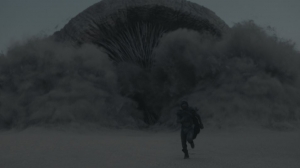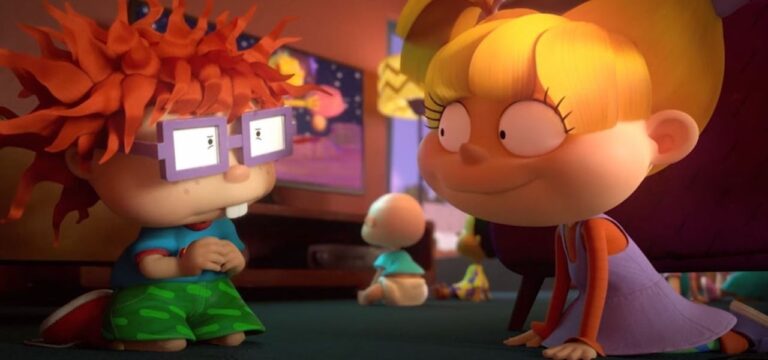The film’s other signature digital creation was the sandworm, gigantic creatures patrolling the planet’s enormous desert as well as producing the elusive, priceless spice. Working near the border of Israel and Jordan meant using explosions to simulate the massive sandworms bursting through the sand was not an option. However, what could be buried a foot deep in the sand was a 2 cm thick 6×8 meters steel sheet with high powered vibration engines that in total weighed 2 tons. “It had different vibration styles, like full speed or less,” reveals Nefzer. “It was quite interesting to see how the sand moved on top of the steel plate.” Lambert still needed extensive sand simulations to get the desired environmental impact of the Baleen whale-inspired creatures. “If the worm is moving quickly or just changes directions, you see more of an explosive kind of feel to the dunes,” he says. “But at it’s base you have the dunes rippling.”
Villeneuve and Lambert share a similar visual sensibility. “We don’t like the flashy crazy camerawork,” notes Lambert. “Everything is always grounded. I’m always of the opinion that when you’re onset with these amazing people, like the cinematographer, production designer, costume designer, and special effect supervisor, you want them to bring as much as they can to the film. One great comment that Denis always used was, ‘Nature supersedes the storyboards.’ We would go to a set and depending on how things felt we would adapt.” An existing shorthand eased the workload. “It helped that I had the same crew as I did on Blade Runner 2049,” he continues. “I had Tristan Myles [DNEG VFX supervisor] who came out onset with me for part of the shoot. I still call them out on things but not as much as when we first worked together. Brian Connor, the other VFX supervisor, I worked with him on one of my first shows at DNEG. We all understood our strengths and weaknesses; that is always a good base for a collaboration.”
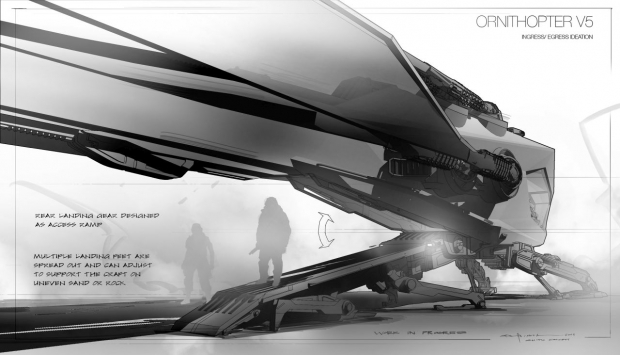
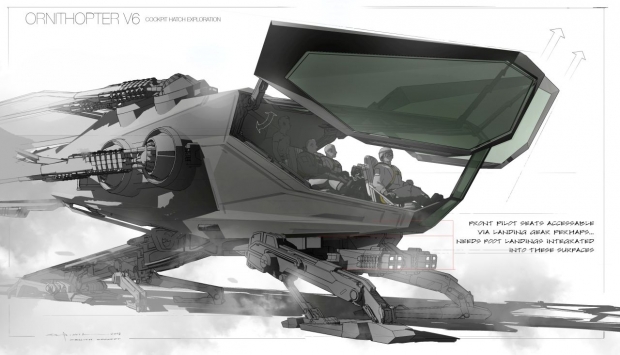
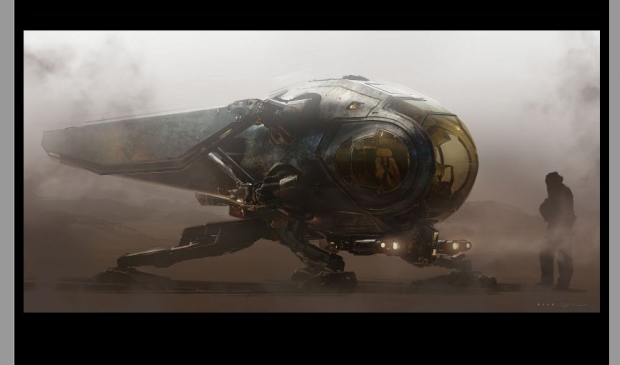
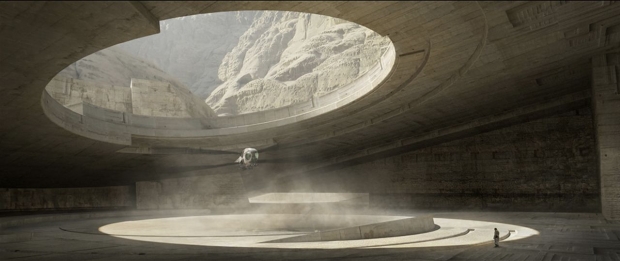
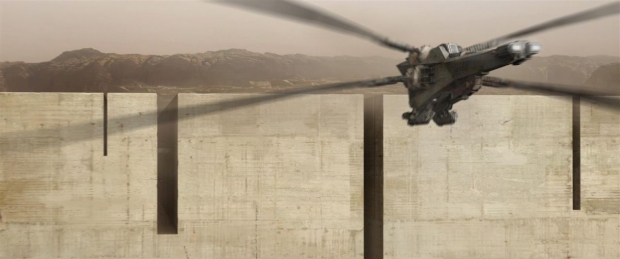
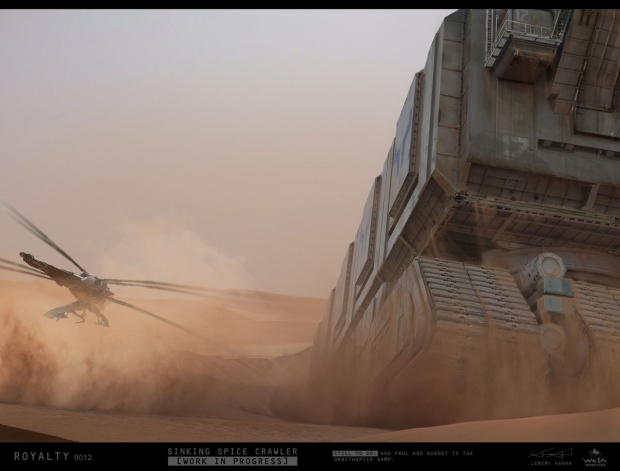
To make adversarial Baron Vladimir Harkonnen (Stellan Skarsgård) levitate, which adds to his menacing persona, practical rigs were employed to create the illusion of the energy suspensors that lifted the character’s huge body. “We had talked about potentially having to make a CG version of the Baron,” Lambert reveals. “However, we didn’t want him to float around like he did in the previous movie, so we kept it practical. Sometimes we put Stellan on a seesaw rig. He is actually being physically lifted up. When you see him stuck on the ceiling, that was a stunt performer pulled up by some rigging. In the end we didn’t have to make a CG version of the Baron because it’s all prosthetics. We did have to add something to his back in CG. It was a suspensor device which you sometimes see switch on and off. But those scenes, like when you see the Baron inside of the black oil, that’s really Stellan inside the black oil [created by Gerd and the special effects team]. We didn’t have to get too far into CG for that, which was great.”
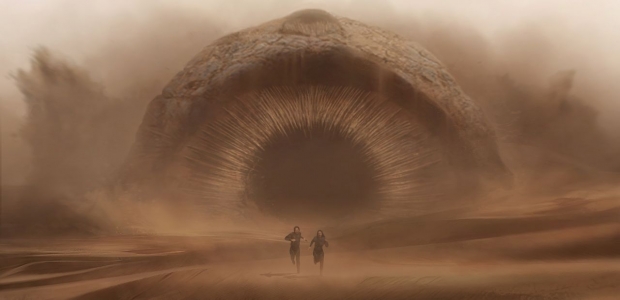

Atmospherics were critical to making shots believable and cinematically interesting. “In nearly every shot there is wind,” remarks Nefzer. “We found out that dust and sand can look similar but if you blow them into the air that’s a different thing, particularly if you have sunlight or the sky is overcast. That was a challenge to make sure that shots were connecting between the backlot, Jordan, and U.A.E. But it worked out well.” A helicopter with six-camera array supervised by aerial cinematographer Dylan Goss captured plates of the United Arab Emirates, which along with Jordan, stood-in for the planet Arrakis. “We had [the city of] Arrakeen in the backlot of Origo Film Studios in Budapest,” Lambert shares. “After doing extensive tests with my inhouse artists I came up with the idea of using the sand-colored screens. We also had onset an interactive iPad programmed with what Arrakeen would look like. There was an early scout for me, Denis, Greig and Patrice and our helicopter route is in one of the shots. Denis would point and say, ‘I want Arrakeen here.’ All the rocks and mountains that you see are based on plates from Wadi Rum that we then filled out in CG.”
“We had just scheduled three days of motion-capture, with about 13 stunt performers, for when Paul Atreides [Timothée Chalamet] is dreaming of the future where a sandworm is bursting through the ground and there are hundreds of Fremen and Sardaukar fighting,” notes Lambert. “That’s a fully CG shot for about 20 seconds. We abandoned that particular shoot to get done at another time. It was a testament to how everybody works that we were able to get work resumed up so quickly and get straight back into it. I had reviews every day with Denis. We would all log on via Slack, send him the imagery and get the feedback. Towards the end, we started seeing screenings of the shots on a bigger screen every Friday, and Denis by then had returned to Los Angeles. Bit by bit we had more contact. It did the extend the work out because it turned into a slower burn.”
One of the film’s signature digital creations was the ornithopter, the Imperium’s small transport vehicle used extensively throughout the story. But for Lambert, making these transports seem real, and believable, began with logistics-heavy practical shooting. “The most successful visual effects are when you have a good reference,” observes Lambert. “It’s just the way it is. That’s why we tend to put partial ornithopters onset because you have something real that you can work off.” BGI Supplies at Longcross Studios in the UK constructed a series of insectoid shaped aircraft that had to be transported via Russian Antonov cargo planes to shooting locations in Jordan and Budapest. “We used a completed one in Jordan and hung it off a crane rig for the shot when the worm is eating the spice Harvester,” Nefzer explains. “It was a challenge to get this 300-ton crane in the desert and put it into position. They built a special road, we got it there, and it stayed there for weeks for the takeoffs, landings and repositions. That was worked out with Denis, Greig Fraser [cinematographer] and Patrice Vermette [production designer] weeks before we even shot that because it would take three to four days to move the crane. We placed it cleverly for Denis and Greig to get the various angles in the different scenes at the dunes. When we shot the first couple of scenes where we had the ornithopter on the left side of the crane, then we had to crane it to the middle, and then to the right. That was quite challenging.”
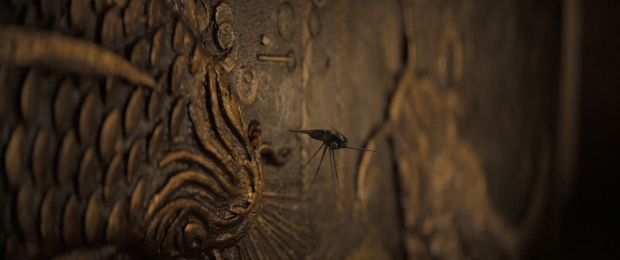
Trevor Hogg is a freelance video editor and writer best known for composing in-depth filmmaker and movie profiles for VFX Voice, Animation Magazine, and British Cinematographer.
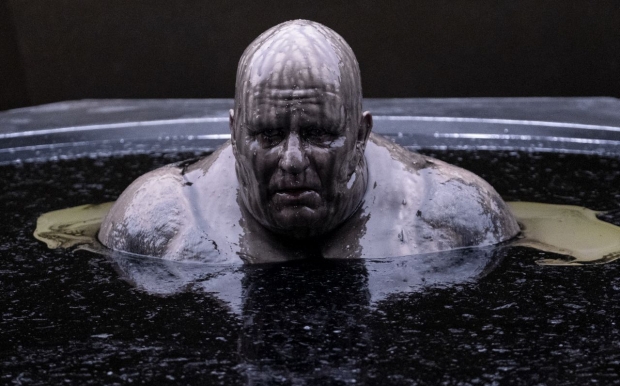
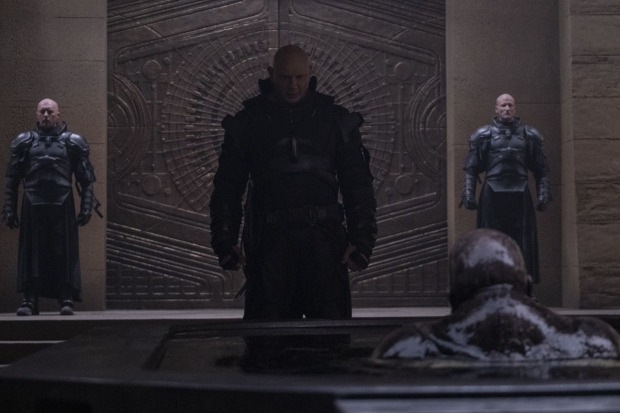

For Lambert, finally watching the IMAX premiere after being way from Dune for 10 months offered a fresh perspective. “When I was watching it, I thought, ‘Wow! There is an incredible amount of detail!’ It was a fantastic collaborative project to work on. There weren’t any crazy egos. It was just good fun.”
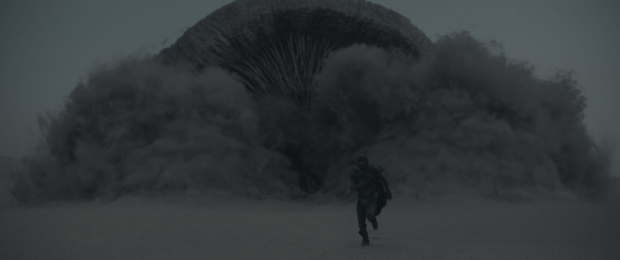
For Lambert and Nefzer, producing believable worlds, creatures, and machines to support the story of Paul Atreides hero’s journey to the dark, foreboding conflict on the universe’s most dangerous planet posed considerable challenges. Complicating post-production on the latest adaptation of Frank Herbert’s seminal science fiction novel about galactic politics and the battle over a desert planet possessing a rare cognitive-enhancing compound known as “spice” was the lockdown caused by the COVID-19 pandemic.
When someone like Christopher Nolan compliments Dune for seamlessly blending practical and digital effects, it is hard not concur as you marvel at the stunning work of VFX supervisor Paul Lambert and SFX supervisor Gerd Nefzer, both of whom received an Oscar for their previous collaboration with director Denis Villeneuve on Blade Runner 2049. In total, 1,700 visual effects shots were created for Dune by DNEG, WylieCo, and Rodeo FX, with Weta Digital providing some conceptual designs.

A lethal device known as a Hunter-Seeker, sent to kill Paul Atreides, relies on motion to find its intended target. “That was interesting making the visual effects as believable as possible when we knew Paul would be immersed in this hologram,” explains Lambert. “What I wanted to avoid was having to put a fake CG light onto Paul because that would have meant having to do bits of him in CG. What we came up with was this idea that if we are able to track where Paul is in space onset, we can project a slice of a creosote bush hologram onto him. We had basic plate photography of actual light on Paul’s skin getting the proper falloff, which we then just had to put the CG branch around him. He was fully immersed in this interactive light. We had reference for the actual Hunter-Seeker itself, which we flew around the set on a stick, and replaced that with a CG version. I was happy with how that came out.”
